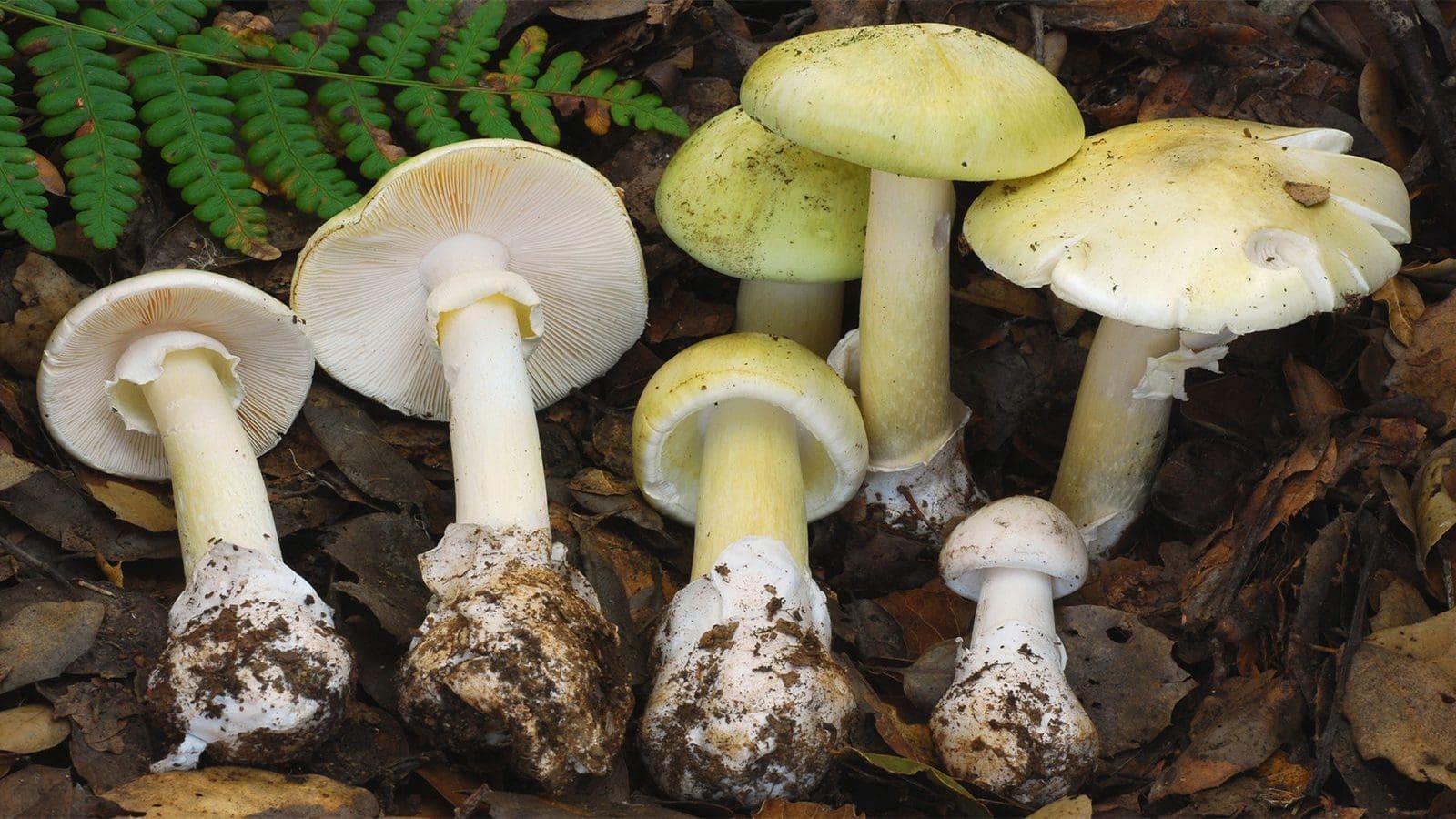FRANCE – Poison control centers in France have received more than 60 intoxication reports since early September due to recent favorable weather conditions that have encouraged the growth of wild mushrooms.
Only a few cases were reported in July and August, perhaps as a result of the extreme heat and dryness, say researchers.
There are many other reasons why people become poisoned, including eating edible mushrooms that are undercooked or in poor condition.
Other times, it’s because a smartphone app for identifying wild mushrooms gave false information about the mushrooms selected.
There were 1,269 cases reported to French poison control centers between July and December 2021.
The bulk of the culpable mushrooms had been foraged, however several incidents involved commercially purchased mushrooms.
The majority of the symptoms were digestive, including nausea, vomiting, diarrhea, and abdominal pain. There were 41 serious cases, four of which resulted in death.
One of the 15 young infants who was poisoned required a liver transplant. According to French authorities, picked mushrooms should not be given to young children.
Meanwhile, there were 1,300 poisonings recorded between July and December 2020. Overall, 29 cases that were life-threatening were found, and five persons passed away.
The Directorate General for Health (DGS), poison control centers, and the French Agency for Food, Environmental and Occupational Health and Safety (ANSES) all cautioned individuals to only collect mushrooms from places they are extremely familiar with because some toxic fungi look a lot like edible species.
The authorities advised against eating any mushrooms that had even the least doubt as to their identity before having them examined by a professional.
The time of the last meal and the appearance of the first symptoms should be noted, and any leftover wild mushrooms should be saved for identification, they said.
To assist poison control center professionals in determining the best course of action in the event of a disease, officials advise taking a picture of the harvested mushrooms before eating.
Mushroom toxicity not solitary to France
Mushroom toxicity has not been a solitary case to France, other countries like Switzerland and Germany have also reported such cases.
Swiss poisons information center Tox Info Suisse data showed 529 incidents of mushroom poisoning in Switzerland in 2021.
Nearly 350 calls regarding conceivable mushroom poisonings in Belgium and Luxembourg were made to the Belgian Poison Center (Centre Antipoisons) in 2021.
Doctors in Germany record an average of 10 cases of mushroom poisoning annually to the German Federal Institute for Risk Assessment (BfR), while poison control centers in the federal states respond to more than 3,000 enquiries on the subject each year.
The field mushroom (Agaricus campestris) and edible Russula species are popular domestic edible varieties.
Collectors frequently mix up the deadly death cap mushrooms with the edible ones (Amanita phalloides). Eating even a small bit of death cap, which contains toxins that cause liver failure, can be lethal.
The death cap mushroom, which blooms from July to October primarily in forests but also in parks, is responsible for around 5% of all mushroom poisonings.
According to the BfR, it is to blame for at least 80% of all fatal mushroom poisonings in Germany.
Popular domestic edible types include the field mushroom (Agaricus campestris) and edible Russula species.
Liked this article? Subscribe to Food Safety Africa News, our regular email newsletters with the latest news insights from Africa and the World’s food safety, quality and compliance. SUBSCRIBE HERE








